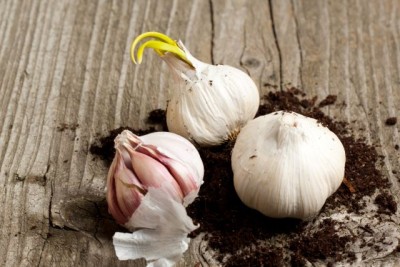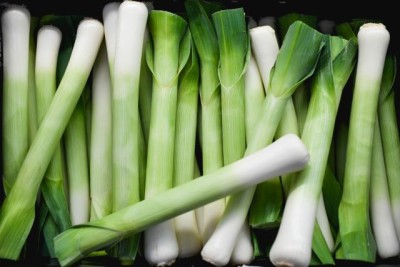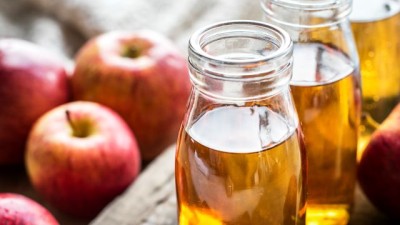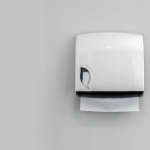Most Common Plastic Materials Used in Injection Molding
Warning: Undefined variable $post in /home/dietofli/public_html/wp-content/plugins/code-snippets/php/snippet-ops.php(584) : eval()'d code on line 3
Warning: Attempt to read property "ID" on null in /home/dietofli/public_html/wp-content/plugins/code-snippets/php/snippet-ops.php(584) : eval()'d code on line 3
The estimated reading time is 5 minutes
Warning: Undefined variable $post in /home/dietofli/public_html/wp-content/plugins/oxygen/component-framework/components/classes/code-block.class.php(115) : eval()'d code on line 3
Warning: Attempt to read property "ID" on null in /home/dietofli/public_html/wp-content/plugins/oxygen/component-framework/components/classes/code-block.class.php(115) : eval()'d code on line 3
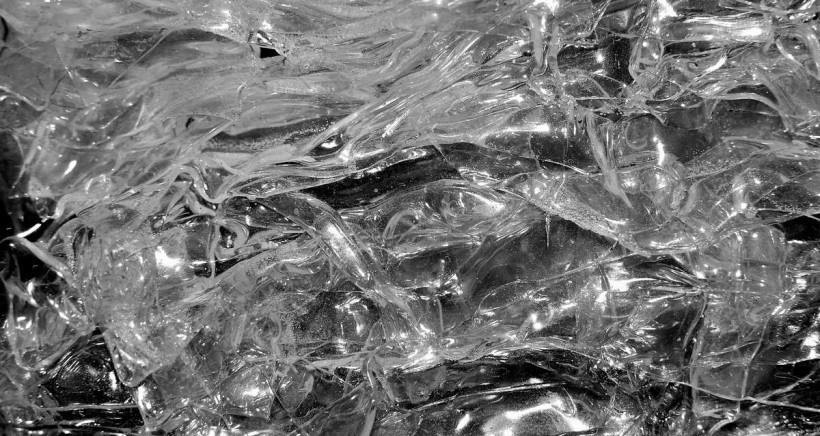
The names of the plastic injection molding materials sound like chemical words. It's difficult enough now that polyethylene rhymes with polypropylene (PP), which has a similar acronym to polystyrene (PS). Realizing your required specifications, which might change among prototyping and production, is especially important when choosing the proper injection molding material.
To make the best material selection, you would not need a PhD in chemistry. Of course, there are several factors to take into account, but it all begins with the fundamentals: the names and abbreviations of the most prevalent materials, their benefits and drawbacks, typical applications, and prominent brands and categories.
Most Common Plastic Injection Molding Materials
Below we have discussed some most common plastic injection molding materials that are used by some top injection molding manufacturer:
1. Acrylic
Transparent goods such as windows, view screens, and lighting equipment are made of acrylic. It is commonly used as a glass alternative due to its high tensile strength and weather and scratch resistance. It accepts dyes and colorants well, allowing you to achieve a wide range of artistic results. In addition to its optical and clear features, acrylic is odorless and tasteless, and it does not contain Bisphenol A. (BPA). Acrylic injection molding resins are considered safe for food preservation because BPA is a harmful chemical compound.
2. Nylon (PA)
Strong mechanical parts such as bushings, gears, and bearings are frequently made of nylon. It's popular in automotive applications since it's not only durable, but it also helps to minimize weight and production costs when compared to metal alternatives. You should be warned that, despite its strength, it has a tendency to absorb water. For marine applications, it isn't the best option. PA is another chemical nomenclature for nylon (Polyamide).
3. Polyoxymethylene (POM)
POM (polyoxymethylene) is an acetal resin that is used to produce mechanical as well as automotive parts that might normally be made of metal. Many ball valve suppliers in south africa use this material exclusively. This technical thermoplastic is extremely tough, rigid, and robust. Gears, knife handles, fasteners, and ball bearings are all made with it. Despite its strong resistance to solvents including gasoline, detergents, alcohols, and motor oils, POM should not be exposed to hydrochloric or nitric acids.
4. Polycarbonate (PC)
Another pure injection molding material with great optical characteristics and high durability is polycarbonate. Precision dimensional control can be maintained while molding through this amorphous thermoplastic material since mold shrinkage is predictable and uniform. Whenever we need anything more durable than acrylic, we turn to polycarbonate.
However, keep in mind that if you're manufacturing optically clear plastic parts, the mold tool will need to be highly polished, which will necessitate the use of a more expensive stainless steel grade. As you can see, the type of plastic resin you use has a big impact on the mold tool material you use.
5. Acrylonitrile Butadiene Styrene (ABS)
ABS resin is an engineering-grade thermoplastic polymer with an opaque appearance. The use of ABS has a number of advantages. It's robust, dimensionally stable, impact and scratch-resistant, and difficult to break. It's also easy to mold due to the low melting temperature.
It's often used to make electronic equipment like phone adaptors, keyboard keys, ground switch, and plastic guards for wall sockets. What is the reason for this? Though ABS is a good insulator, it won't conduct electricity or emit fumes if it comes into contact with fire. For product developers working on electrical devices, these are critical considerations.
6. Polyethene (PE)
Polyethene (PE) is a low-cost thermoplastic molding material with excellent flexibility, chemical resistance, and electrical insulation. It isn't particularly tough or durable, but it is affordable. Consumer plastic parts, plastic bags, medicine, milk bottles, detergent bottles, and trash cans all include it. PE is also the most popular injection molding resin for toys since it is non-toxic and can withstand a lot of abuse.
7. Polypropylene (PP)
Because it prevents chemicals from mixing with food, this thermoplastic injection molding material is broadly applied in the food storage and packaging business. Polypropylene (PP) is chemically and moisture resistant and may be washed in hot water without degrading. Impact strength, flexibility, and toughness are all exceptional in PP. Designers should also keep in mind that PP is easy to recycle, and that its flexibility allows it to be utilized to create live hinges that can be twisted repeatedly without breaking.
8. Thermoplastic Polyurethane (TPU)
TPU (thermoplastic polyurethane) is a soft, elastomeric material with high strain and fracture toughness. As a result, it's frequently employed in sections that require rubber-like suppleness. TPU is more expensive than other resins, yet there is no substitute for it in many applications, such as protective wire and cable sheaths. Another benefit of TPU is that it provides grip for objects that must be grasped firmly in the hand.
9. Thermoplastic Rubber (TPR)
Thermoplastic Rubber (TPR) resin is a combination of plastic and rubber that is simple to work within the injection molding process. It is chemically and weather-resistant, as well as having a high impact strength. TPR is utilized in a variety of fluid dispensers, catheters, flexible hoses, and other places where diverse liquids, including acid, are present.
Medical catheters, headphone wires, and suspension bushings, all contain this recyclable material. Thermoplastic rubber, commonly known as a thermoplastic elastomer, is a type of thermoplastic rubber (TPE).
10. Polystyrene (PS)
There are two types of polystyrene typically used in injection molding resins: High Impact Polystyrene (HIPS) and General Purpose Polystyrene (GPPS) (GPPS). HIPS is opaque, but GPPS is transparent. High Impact Polystyrene is also used to make hard casings for toolboxes and the bodies of power tools. There is a tradeoff to be aware of, as there is with so many things,. PS is strong and long-lasting on the one hand. In the field, it can withstand a lot of punishment. However, this also implies that it is not very environmentally friendly.

